8. Infernal Affairs (2002) (Hong Kong)
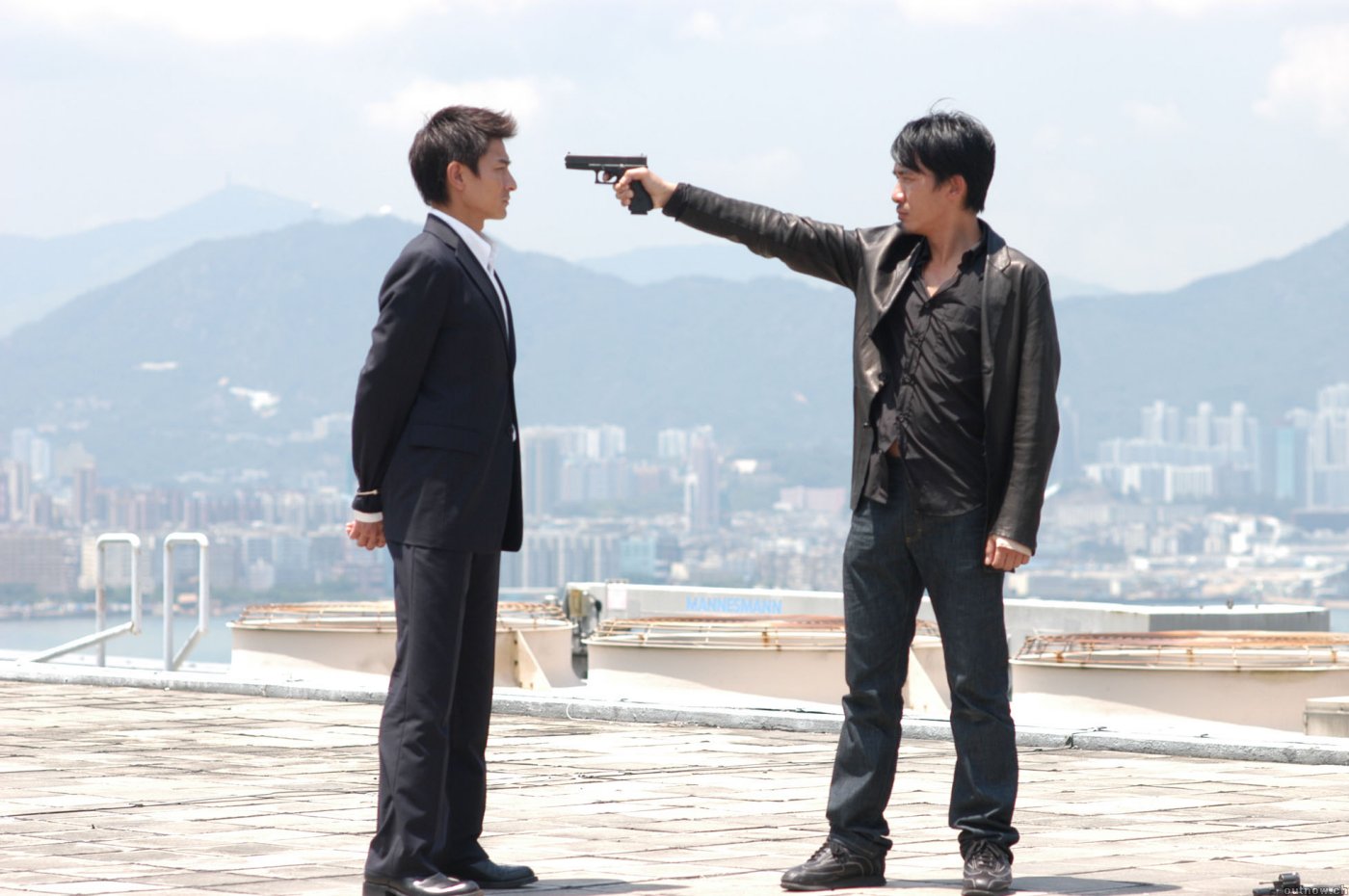
In same wave of other Asian recent thrillers like “The Chaser” or “A Dirty Carnival”, “Infernal Affairs” is love at first sight. Unlike other genuinely proud Asian motion pictures, this is camouflaged Oriental material. The Eastern (mostly American) influences are prominent, usually in dialogues and the standardized behavior characters show.
The film puts into battle two totally opposite characters: the cold-hearted Lau, a reckoner by nature with a great intellect; and the fast-boiler Leung, an impulsive and peeved man. The plot plays a little with the undercover cop role assiduously present in this genre films, creating also an undercover gangster snaking inside a police department.
The film that inspired “The Departed” was hidden from the masses until the release of the Scorsese flick, but nowadays the popularity of the film is quite satisfactory, mostly because of the notoriety brought by the 2006 Oscar winner.
7. Gomorrah (2008) (Italy)
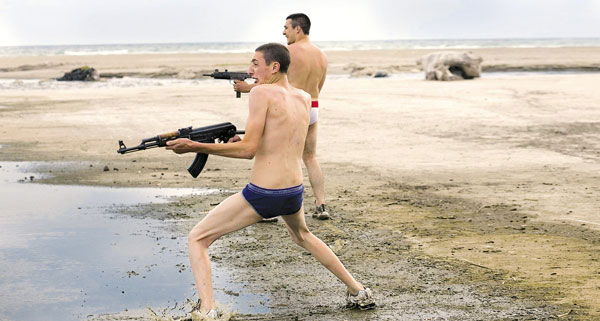
Director Matteo Garrone lived in Scampia, an infamous and criminal Neapolitan quarter, ove a couple of months and in “Gomorrah” he delivers a report about what he saw there: a tale without kings or queens, just pawns and victims.
The Italian motion picture doesn’t have that commercial and spectacular slope that we could wait from a film of this type, so forget the high rollers from mafia, high speed chases or shootings covered with astonishing visual effects. In exchange, the film is an indiscreet look upon a discreet world. The people that live in Naples aren’t as interesting as some could expect and, after all that obscured reality of ordinary people trapped in their disposable lives, aren’t so cool to follow.
The film was so close to reality that its release caused a stir in Italy and some people related to the film were treated by Camorra, the Italian crime organization.
6. Gangs of Wasseypur (2012) (India)
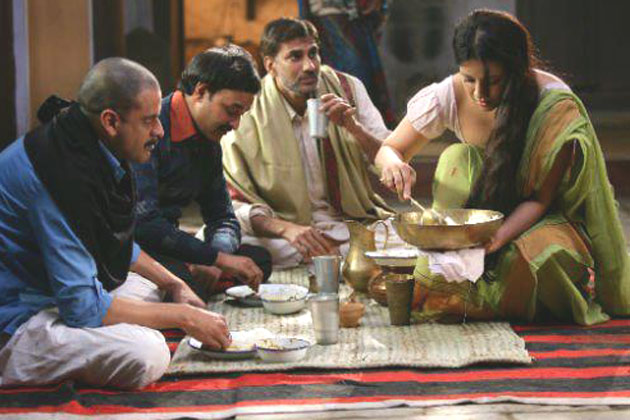
Imagine that you have a magic pan and you put “The Godfather”, all the qualities of Quentin Tarantino, and a smooth scent of curry on it. The dish would be something close to “Gangs of Wasseypur”. This Indian film is still quite unknown to the typical cinema fan, but it conquered lots of praise in some interesting circles related to action and gangster movies.
Like other gangster films, “Gangs of Wasseypur” also follows a “war” between generations and rival groups. The empathy with characters isn’t instant, but all the actors are surprisingly good and more upfront, the viewer is already cheering and going wild with the violence scenes that are worthy of a Takashi Miike or a Robert Rodriguez film.
Directed by Anurag Kashyap, the 320-minute picture was shot as a single film, but like “Kill Bill”, it was divided into two parts with 160 minutes each.
5. Rififi (1955) (France)
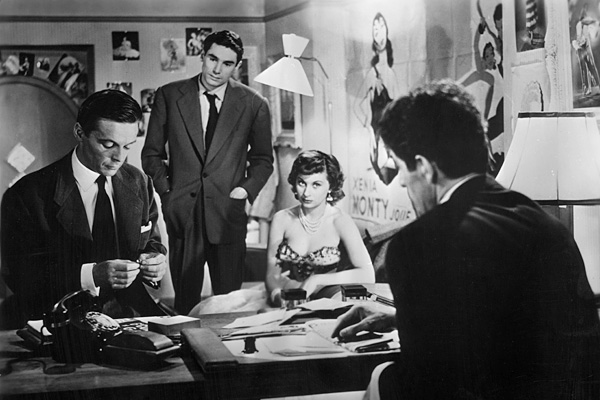
Very reminiscent of “The Killing”, “Rififi” is one of those films with a giant black aura above it. Visually mysterious, funny and quite entertaining, the film by Jules Dassin is maybe his biggest masterpiece and a must-see motion picture for lovers of noir films.
“Rififi”, which means “trouble” in English, tells the story of Tony le Stéphanois, a man who is released from prison and plans a big jewel plunder with three friends. Their plan is perfect in theory, but in practice the robbery is most important part of the action.
Dassin confessed later that he was not a big fan of the novel by Auguste Le Breton that was used in the film, but he accepted to do it anyway with a low budget, once he was inactive for a long period after being blacklisted in Hollywood during the McCarthy years. “Rififi” earned him a Best Director prize at 1955’s Cannes Film Festival.
4. Oldboy (2003) (South Korea)
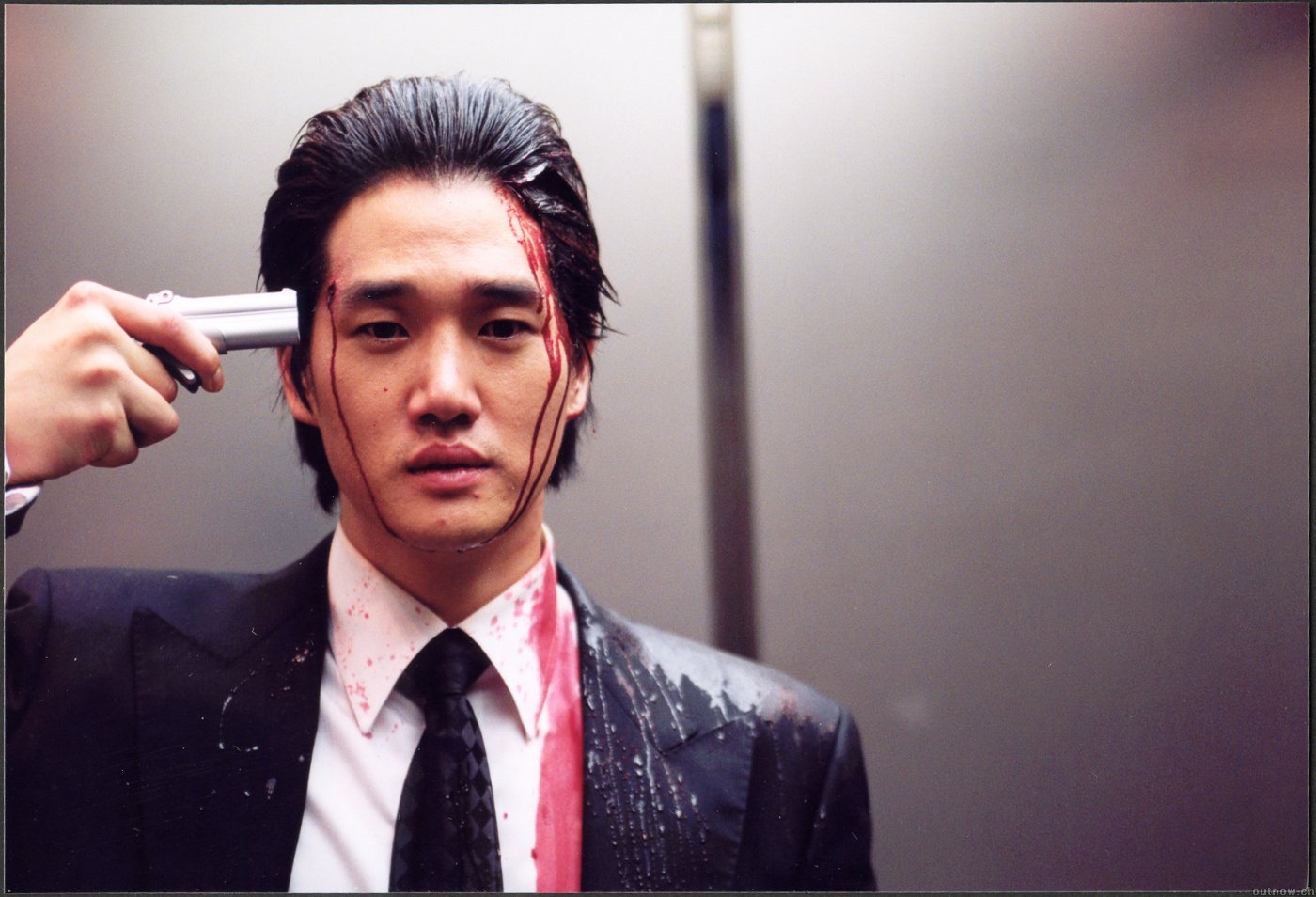
South Korean cinema emerged from nowhere and surprised the most watchful with great content and astonishing quality. Some directors of this new vogue are included in some American productions and bigger projects are arising, which shows their value (and their degradation in some cases), but the crown jewel of South Korean cinema is still “Oldboy”.
The second effort of the Vengeance trilogy by Chan-wook Park is amazing, not just because of the risky and uprising script, but mainly because of its capacity of immerse deeply in the human heart.
The Palme D’Or winner tells the story of a man who is held hostage for 15 years, and now released, he wants to find his kidnapper to exact revenge, which is the juicy part of the film. Based on a manga with the same name, “Oldboy” has some of the most iconic scenes of modern cinema. The epic fight scene filmed in following plan is a screamer.
3. Breathless (1960) (France)
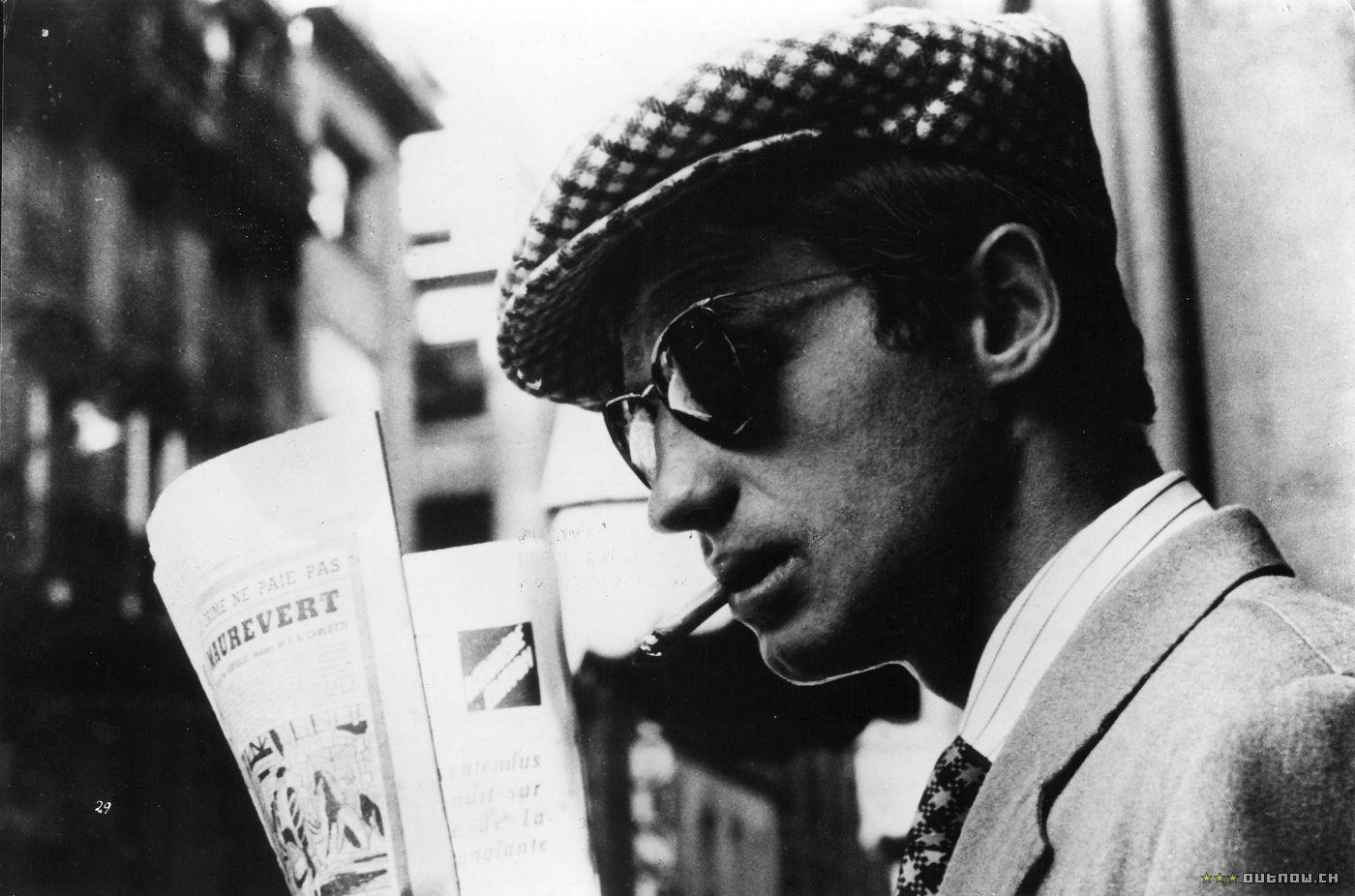
The first and one of the most well known films by Jean-Luc Godard shows how a story about crime and swindle can be also smooth and lovely. “Breathless” is a masterpiece from the Nouvelle Vague and isn’t a film about a criminal organization, but about a gangster who works on his own. Instead of violent and bloody scenes, we follow Michel Poiccard on small offenses, like carjacking, in a tortuous and irreversible path into gloom.
Even if some questioned the quality of this film in its launch, the mix of crime with a love story resulted in an iconic picture. The two characters work as a metonymy of Heaven (Patricia) and Hell (Michel), showing that evil and good aren’t always incompatible. The same formula was used later in “Last Tango in Paris”, where Marlon Brando is a dysfunctional dude and Maria Schneider is the corrupted angel.
2. City of God (2002) (Brazil)
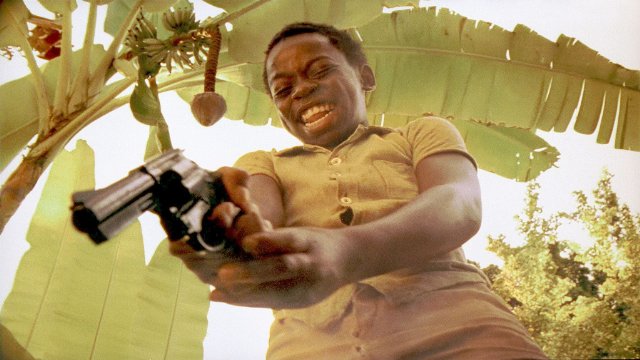
This was the film that actually put Fernando Meirelles on the map. If Bertolucci and David Lynch are known for their approach to innocence lost in youth, “City of God” shows that loss in childhood.
The film aesthetics are astonishing and worthy of a classic. All the characters are very richly interesting and their path is kept on beyond the film itself. We can easily imagine those folks deceiving, robbing and killing into eternity. This is one of the motives for the immortality of this picture.
The other important aspect is the absence of common places. This is the story of Zé Pequeno, Buscapé or Mané Galinha, not just a slum story where the characters personify all the people living in those conditions. This misery and impotency of those doomed to fly away from this life of crime and killing crushes the dreams and naivety of Buscapé and his dream of becoming a photographer.
1. A Prophet (2009) (France)
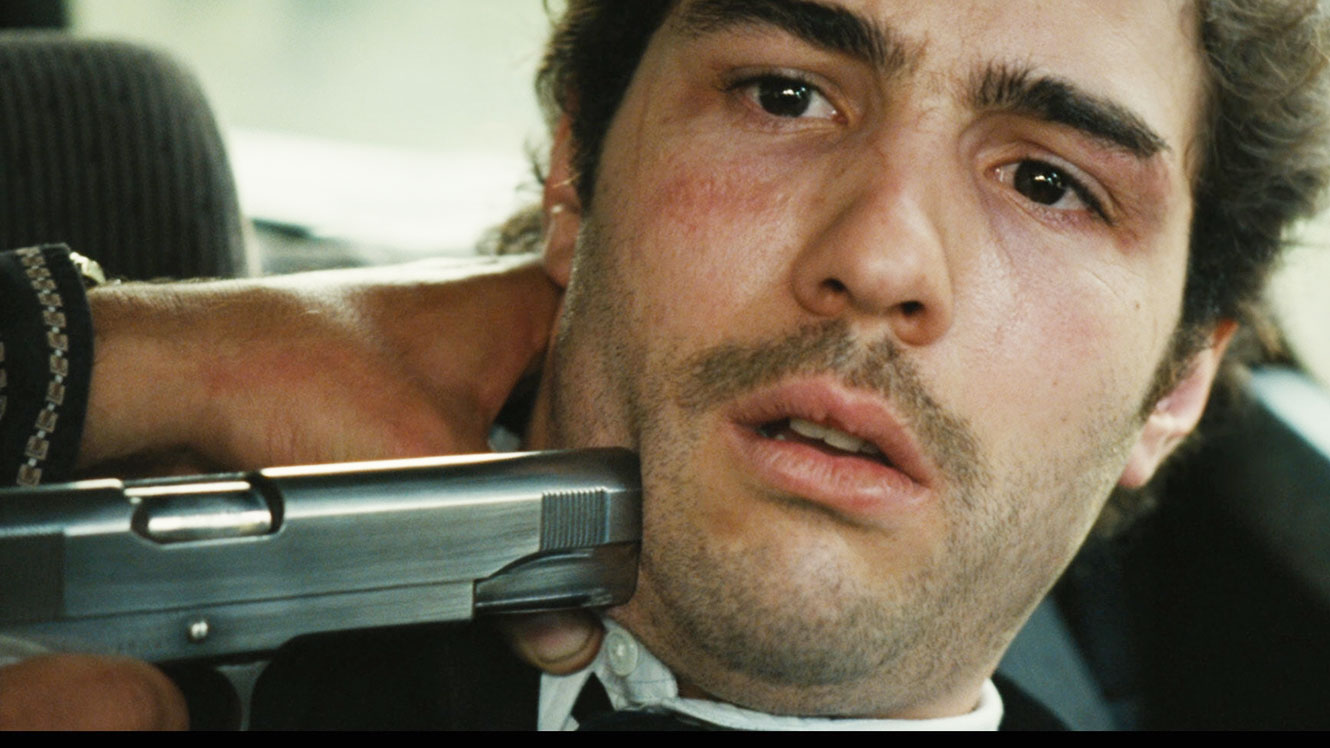
Usually gangsters say “it’s nothing personal” when they’re following orders. In this film everything is personal. Malik is illiterate, truculent and left all alone in a place where nobody cares about anyone.
The motion picture touches on a very sensitive French reality, which later will also be a bitter European reality: the mass presence of people of very diverse cultures, manners and beliefs. A powder keg, if you prefer.
Without the folklore and the coolness of being involved in a life of crime, Jacques Audiard builds a perfect portrait of how it is to be in an everyone-against-everyone world, where scars have not had enough time to heal until they are open once more. “A Prophet” is the reflex of a world of chaos, where respect was replaced by fear and the finesse is in the details.
After four nominations for the Palme D’Or, Audiard finally won it with “Dheepan”, a not so unanimous effort, but very characteristic of this French director.
Author Bio: Pedro Bento is a portuguese samurai, who travels with his wakizashi sword into the infinity of his mind, always forgetting his way home. He doesn’t believe in inspirational moments, but he likes to hide in a secret place, where heavy metal is always blasting and no one can bother him, except his apathetic girlfriend Inês. Yes, he’s a loner.